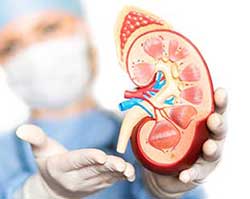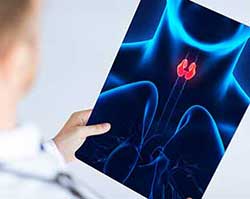Consult City's Top Doctors, The Minute You Need To
First Consultation starting
@ ₹349 ₹599
2950
General Surgeons
51757
Cases done
by General Surgeons
1543
Hospitals
Perianal Abscess: Everything To Know
About:
Perianal abscess eventually develops into an anal fistula.
Out of 1023 patients, 437 encountered with a perianal abscess.
- Common causes include anal fissure, sexually transmitted infections and blocked anal glands
- A clinical evaluation, including a digital rectal examination, may be required
- In rare cases, an examination can be done under anesthesia
- May require an ultrasound, a CT scan, or an MRI
- Perianal abscess pus may be collected and sent for culture
The main cause of perianal abscess is an infection of the soft tissues around the anal canal. An abscess is a cavity that is filled with pus. The severity of a perianal abscess varies. Normally, there are 4-10 anal glands that lubricate the anal canal. Any obstruction of the anal crypts leads to stagnation and accumulation of the secretions from the anal glands. Subsequently, these glands get infected and an abscess is formed.
Symptoms:
Self-diagnosable:
Painful boil-like red color swelling near the anus, which is warm to the touch. Discharge of pus.
People may experience:
Throbbing pain, skin irritation, constipation or painful bowel movement accompanied by fever, chills, and malaise. Discomfort exacerbates by movement, sitting or on defecation.
Treatment:
Self-care: Adults to use condoms, frequent diaper changes and proper cleaning for infants and toddlers.
Medications/Procedures: Surgical incision and drainage, medications for pain relief, and antibiotics.
Specialists: For other kinds, consult a physician or a colorectal surgeon. At mfine we’re here to help you with different areas of health issues, come on board for a holistic treatment program.
Other Specialities
Give a missed call to 08061914343 to Download the App
































